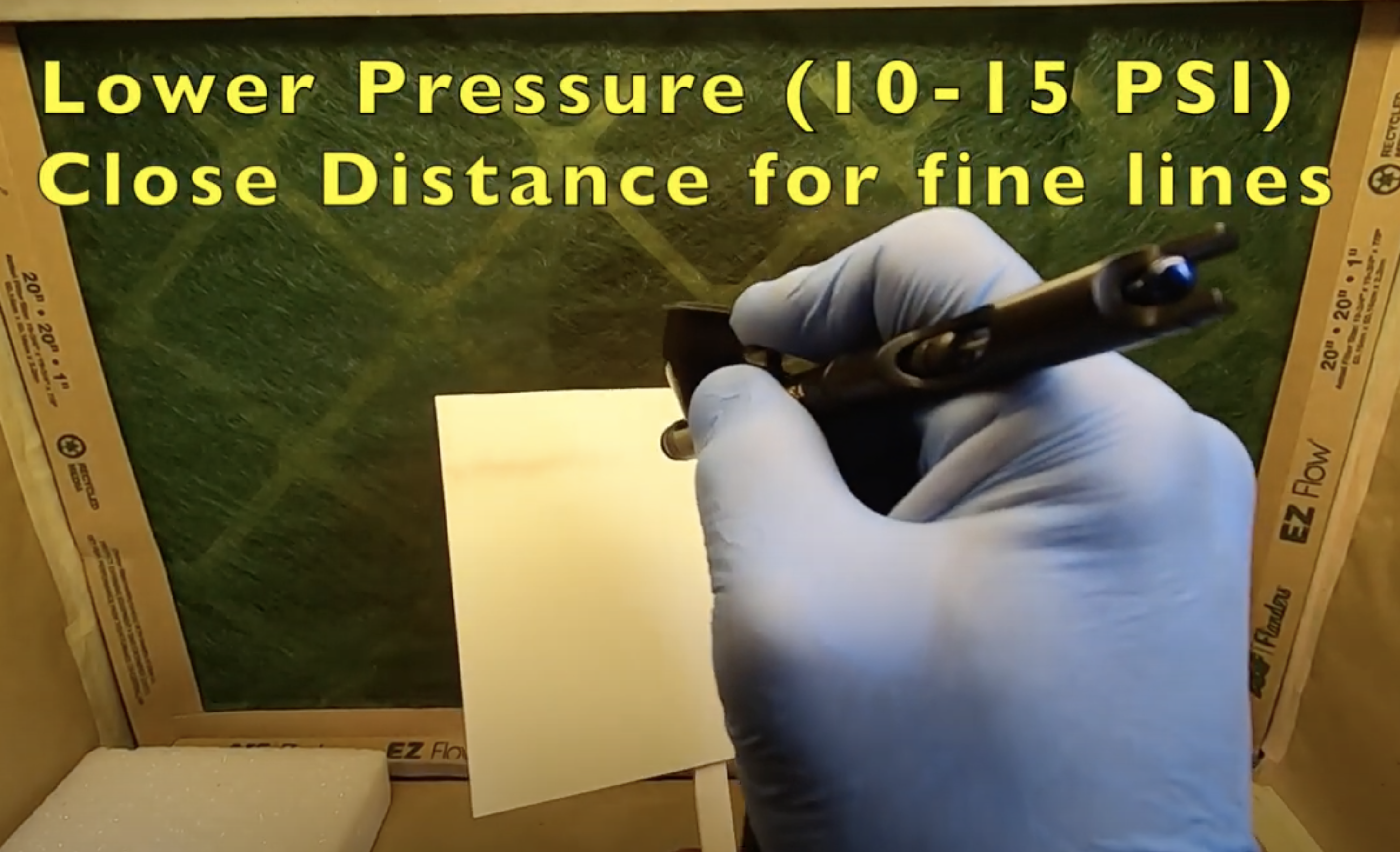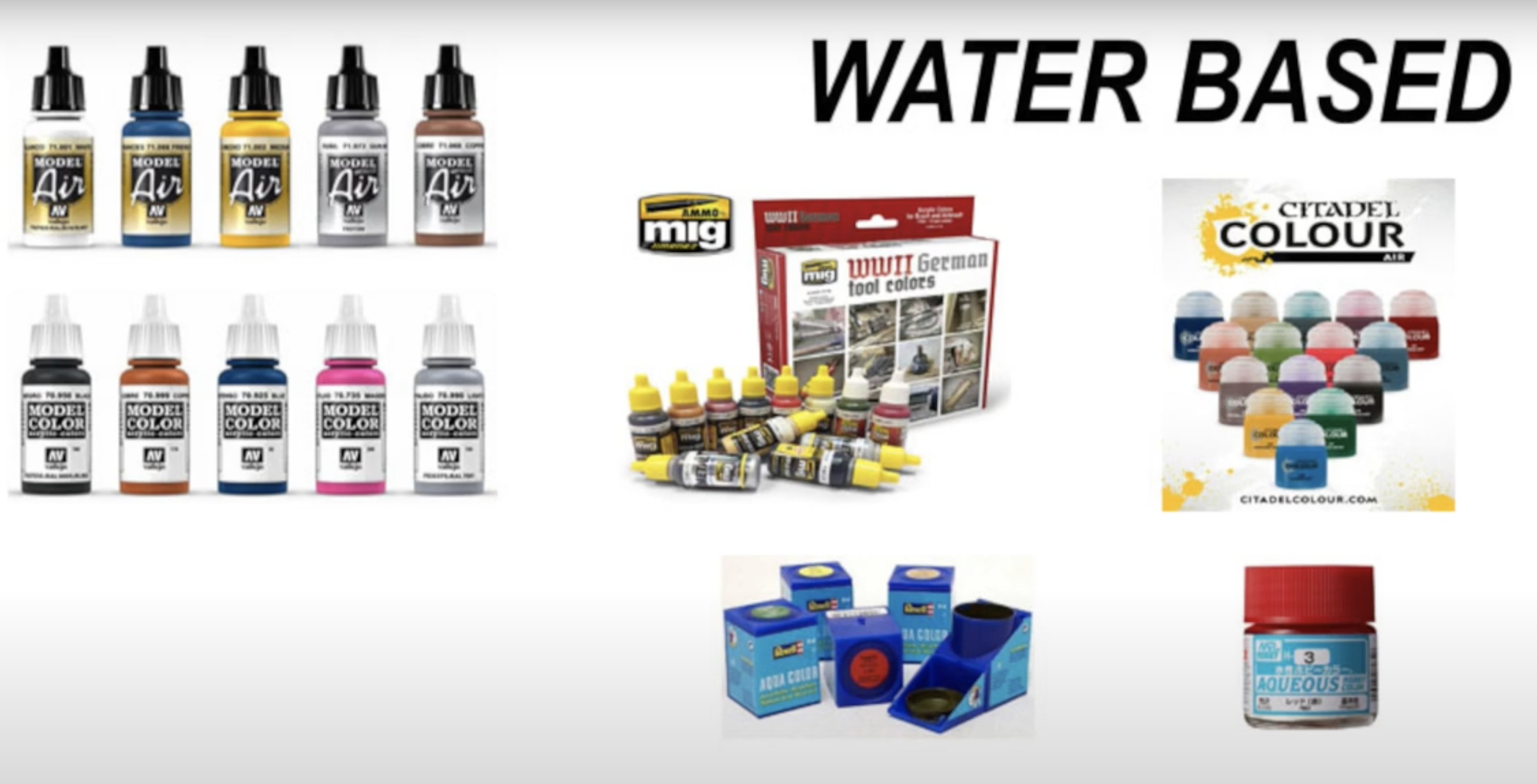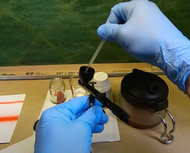Airbrushing 101 (Part 3) - How to Improve Your Airbrushing Skills
Posted by MegaHobby.com on Mar 21st 2024

Airbrushing, an art form that can seem daunting at first, is often misunderstood. It's time to demystify this process. We'll explore the basics of airbrushing, the equipment involved, and how to clean and use these tools effectively.
Choosing the right paint and thinner is equally essential. For Tamiya paints, I highly recommend using Tamiya thinner, maintaining the same paint base and thinner. AK Interactive paints offer the advantage of not needing much thinning and can be used straight out of the bottle. Vallejo has a similar quality.
When mixing paint, especially with Tamiya paints, we typically use a 25-35% thinner-to-paint ratio. Testing the consistency by observing the paint's flow down the jar's side helps ensure the right mixture. Figure out the best mixture for your paint and project and mark it down for later reference. Demonstrating the double-action airbrush's capabilities, we can showcase how adjusting the trigger controls the line width, a feature unavailable in single-action airbrushes. Before painting, it's essential to prime the airbrush by shooting off any excess paint.
Paint Composition
Understanding the composition of paint – pigment, binder, and solvent – is crucial for achieving the desired finish.
Paint Types
Water-Based Acrylics:
Thinned with water.
Fast-drying, non-toxic, easy to clean.
Alcohol-Based Acrylics:
Thinned with alcohol or lacquer thinner.
Fast-drying, hard finish.
Enamel Paint:
Petroleum-based solvents.
Long curing time, strong smell.
Lacquer-Based Paints:
Cellulose-based acrylics.
Fast-drying, hard finish.
Spraying Techniques
Mastering airbrushing involves adjusting air pressure, achieving the right paint mix, and employing proper techniques.
Safety Measures
Ventilation:
Use a well-ventilated area or airbrush booth.
Spark-proof motors for safety.
Protective Gear:
Mask for fumes and vapors.
Respirator for lacquer-based paints.
Disposable gloves to protect the skin.


Tools for Airbrushing
Glass cups for mixing.
Empty glass jars for excess paint.
Pipettes for transferring paint.
Cotton swabs, nylon brushes for cleaning.
Paper towels for cleanup.
Spraying and Cleaning Your Airbrush:
Adjust air pressure based on the work.
Thinning paint for optimal results.
Techniques for achieving different effects.
Airbrushing is a rewarding hobby when approached with care and attention. Cleaning, maintaining, and understanding your equipment ensures consistent and satisfying results every time you indulge in this artistic endeavor. Remember, practice makes perfect!

